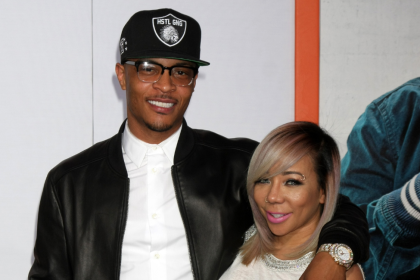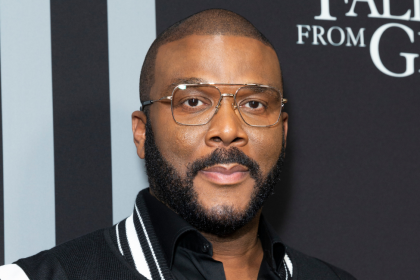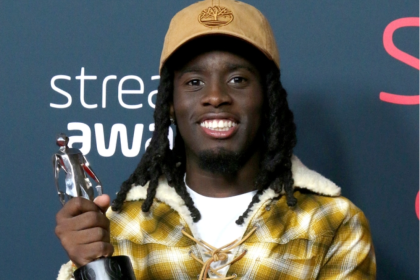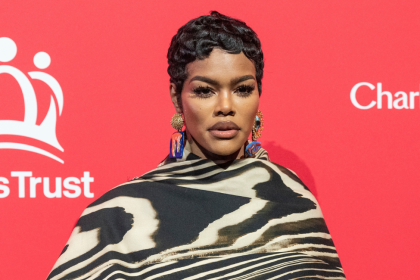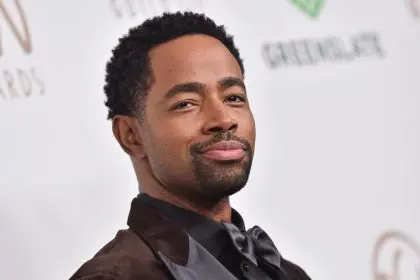Cultural shift transforms holiday tradition into message of inclusion and identity
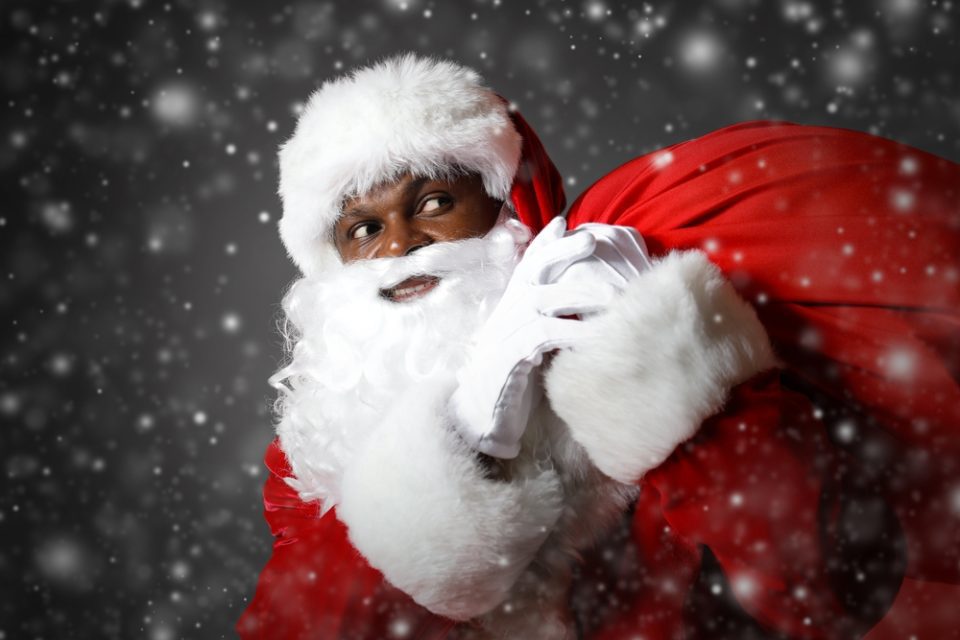
Redefining holiday traditions
The growing embrace of Black Santa representations marks a significant shift in how American families celebrate the holiday season. This movement extends beyond simple diversification, representing a broader cultural conversation about representation, identity, and the importance of inclusive holiday traditions that reflect the diversity of modern society. What was once an uncommon sight is now becoming an essential part of holiday celebrations, reinforcing the idea that everyone should see themselves reflected in traditions that have long been considered universal.
Historical evolution
The traditional image of Santa Claus, deeply rooted in 19th-century American culture, emerged primarily through Thomas Nast’s illustrations in Harper’s Weekly starting in 1863. This depiction, which became standardized after Christmas achieved federal holiday status in 1870, drew from Dutch Sinterklaas traditions while establishing the now-familiar image of a white-bearded, jolly figure. While this version of Santa became a cultural icon, it did little to acknowledge the racial diversity that makes up much of the United States.
The historical absence of diversity in holiday representations is not just an issue of aesthetics but also of cultural recognition. As the country became more diverse, the question of who gets to be represented in beloved traditions grew more significant, leading many to re-examine and redefine what holiday figures should look like.
Cultural impact
For generations, the standardized representation of Santa Claus has influenced children’s holiday experiences, particularly affecting how children of color relate to this cultural icon. The absence of diverse Santa representations has historically reinforced broader patterns of cultural invisibility, leading many to feel excluded from traditions that are deeply cherished. This has sparked movements that seek to change the narrative and provide children of all backgrounds with role models who share their features and experiences.
In recent years, this conversation has evolved into a movement where families are actively seeking out inclusive and diverse holiday experiences. Whether through retail, community events, or personal choices, the rise of Black Santa figures has allowed children to grow up seeing themselves reflected in the holiday season, a powerful symbol of belonging.
Parental perspectives
Modern parents are actively working to create more inclusive holiday experiences for their children. Author Daizha Rioland recalls the profound impact of seeing a Black Santa figurine in her grandmother’s home, describing it as a rare but significant symbol that validated her place in holiday traditions. This experience now drives her commitment to surrounding her own children with diverse Santa representations. “It was more than just a decoration,” Rioland said. “It was a statement that we mattered and that we were a part of the story.”
Many parents now find themselves searching for holiday décor, books, and media that feature Black Santas or other representations that resonate with their children. The symbolic act of displaying these images extends beyond the holiday season; it fosters a sense of pride and connection to one’s heritage, reminding families that they belong in the shared cultural fabric.
Educational integration
Progressive institutions like the Harlem School of the Arts have begun incorporating Black Santa into their holiday programming, creating natural opportunities for children to see themselves reflected in seasonal celebrations. This institutional support helps normalize diverse representations of holiday figures, extending their reach beyond individual homes and into public and educational spaces.
Community events featuring Black Santa allow children from diverse backgrounds to experience the joy of meeting a figure who looks like them. This helps reinforce the message that they are seen, valued, and celebrated as part of the broader community. The incorporation of Black Santa figures into holiday programming also provides educators with a platform to teach students about the importance of representation and inclusivity.
Community response
The movement toward inclusive holiday representation continues to gain momentum within Black communities. Parents are increasingly seeking out and creating opportunities for their children to experience Santa Claus figures who reflect their own appearance, recognizing the psychological importance of such representation during formative years. Community initiatives like holiday fairs and pop-up events often feature Black Santa characters, making this representation accessible to more families.
Local businesses and artists are also contributing to the movement, producing toys, books, and decorations that incorporate Black Santa figures. This grassroots response not only challenges the conventional image of Santa but also encourages economic growth within local and minority-owned businesses.
Research impact
Studies consistently demonstrate the significance of positive representation for children’s development. When children see figures who look like them in celebrated roles, it can enhance their self-esteem and expand their sense of possibility. Research published in developmental psychology journals has shown that diverse representation can contribute to children’s understanding of their place in society, shaping their self-worth and aspirations.
The positive effects of seeing diverse representations in media are well-documented, supporting the importance of having figures like Black Santa included in holiday traditions. This is not just about filling a gap; it is about creating a future where children grow up feeling seen, respected, and empowered to envision their own potential.
Future implications
The increasing availability and acceptance of Black Santa representations signal a broader shift in American cultural practices. As more families embrace diverse holiday traditions, they contribute to a more inclusive celebration that acknowledges and celebrates the multifaceted nature of American society. This trend underscores the importance of representation not just during the holidays, but throughout all facets of life.
The movement to incorporate Black Santa into holiday traditions is part of a larger push for inclusivity in cultural and societal norms. As more communities engage with this shift, the legacy of what it means to be “included” will evolve, showing that traditions are dynamic and should reflect the diversity that makes up modern society.

